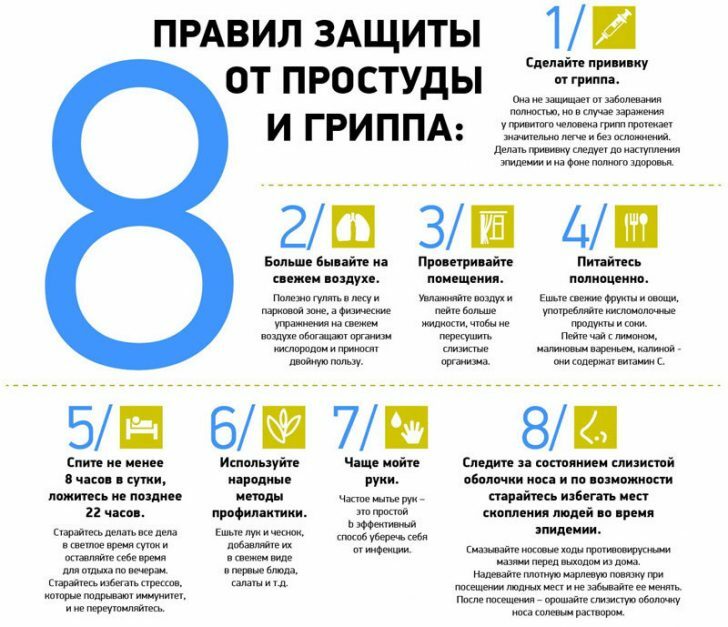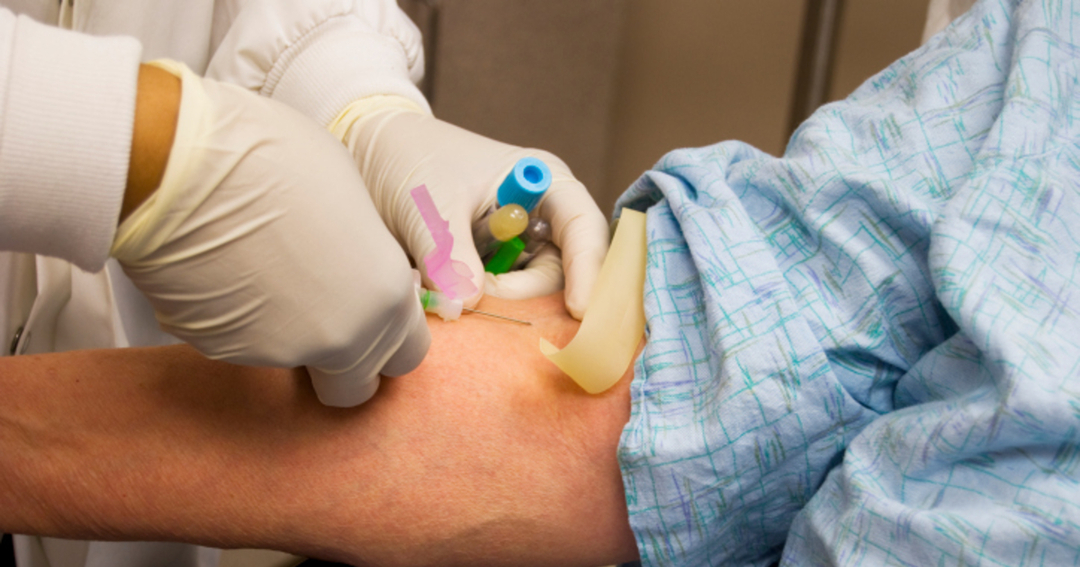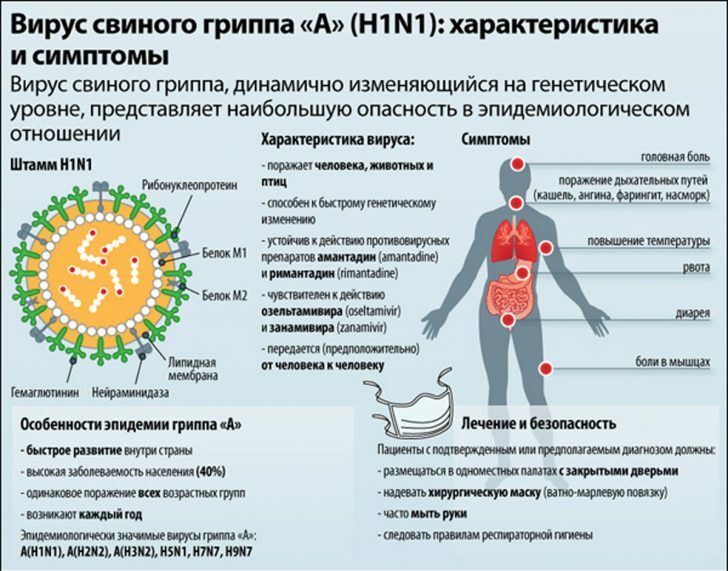Hand-foot-mouth syndrome
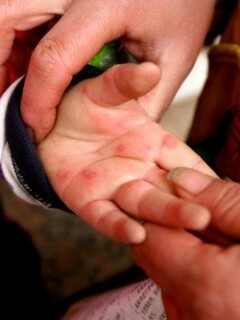 In nature there are dozens of viruses that reproduce in the human gastrointestinal tract and because of this are called enteroviruses.They can cause a number of diseases - from conjunctivitis to severe damage to the nervous system.One of these ailments is quite common, but not always diagnosed due to the similarity with other infectious pathologies of the "hand-foot-mouth" syndrome.Such an unusual name for the disease is caused by the appearance on the limbs, in the mouth, around the lips of the patient specific rashes.
In nature there are dozens of viruses that reproduce in the human gastrointestinal tract and because of this are called enteroviruses.They can cause a number of diseases - from conjunctivitis to severe damage to the nervous system.One of these ailments is quite common, but not always diagnosed due to the similarity with other infectious pathologies of the "hand-foot-mouth" syndrome.Such an unusual name for the disease is caused by the appearance on the limbs, in the mouth, around the lips of the patient specific rashes.
Causes of
syndrome The appearance of the "hand-foot-mouth" syndrome can be caused by several viruses,Related to the group of enteroviruses:
- Coxsacki type A viruses( 5, 9, 10, 16) and type B( 1, 3).
- Enterovirus type 71.
All these viruses are sufficient to withstand environmental conditions, and at room temperature they can remain viable even up to two weeks.A special activity of pathogens of the "hand-foot-mouth" syndrome is observed in the summer-autumn period, accordingly, in this period the morbidity also increases.
In the human body, these enteroviruses concentrate in saliva and feces( since it is in the gastrointestinal tract that their reproduction occurs). Therefore, the infection of the causative agents of the syndrome "hand-foot-mouth" occurs in three ways: food( fecal-oral mechanism), airborne, contact-household. That is, infection is possible with close communication, conversation, joint games, using one dish with a sick person or a carrier.
Who is sick?
Most often, this syndrome affects children. This is due, firstly, to mechanisms of transmission of infection( children closely contact each other in the team and do not always observe hygienic rules), and, secondly, with the features of the formation of immunity to the causative agent of the disease.
After the first contact with enterovirus, which causes the occurrence of the syndrome "hand-foot-mouth", the body produces immunity, which remains for life.Therefore, the child, having encountered the virus for the first time in his life and having been ill, subsequently receives protection from him and does not get sick during adulthood.But there can be exceptions, for example, if a new enterovirus is infected, which was not in contact with the child.In such situations, an adult can also get sick and have the same manifestations of a disease as a child.
Manipulation of the "hand-foot-mouth" syndrome
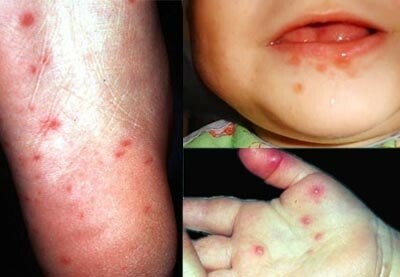 From the moment of infection to the manifestation of the disease, an average of 5-7 days, and the patient becomes dangerous to others already at the appearance of the first symptoms of the disease.They, by the way, very much resemble usual ORVI: the person raises a temperature( which is normalized in 3-4 days), there is a weakness, a headache, reddening and starts to throat, etc.About a day later, more specific manifestations of the syndrome develop: vesicular stomatitis( enanthema), as well as a rash on the limbs and on the skin around the lips( exanthema). Visually, it looks like this:
From the moment of infection to the manifestation of the disease, an average of 5-7 days, and the patient becomes dangerous to others already at the appearance of the first symptoms of the disease.They, by the way, very much resemble usual ORVI: the person raises a temperature( which is normalized in 3-4 days), there is a weakness, a headache, reddening and starts to throat, etc.About a day later, more specific manifestations of the syndrome develop: vesicular stomatitis( enanthema), as well as a rash on the limbs and on the skin around the lips( exanthema). Visually, it looks like this:
- On the mucous membrane of the mouth( gums, cheeks, sky), small bubbles appear with a liquid that burst and leave behind them the sores that disappear over time without leaving a trace.
- On the skin of the hands, feet( more often soles of the soles of the feet and palms), less often on the buttocks, and around the lips and nose, very small bubbles with a red inflamed fringe or just red spots are formed.After their disappearance( after 7-10 days), the skin may appear, and in some patients after 4-5 weeks - nails can be fused.
In addition to these objective symptoms of the disease, patients have increased salivation, soreness in the mouth with eating, decreased appetite, weakness, and in young children - tearfulness, anxiety and poor sleep.Also, babies may have vomiting and short diarrhea, especially against a background of fever.
In general, the syndrome "hand-foot-mouth" has a favorable course, and the patients completely recover within 7-10 days.In rare cases( in particular, when 71 types of enterovirus infection), the development of more severe forms of the disease and complications( meningitis, encephalitis, etc.) is possible. It is possible to suspect that the course of an ailment acquires an unfavorable character by the following features:
- Persistent fever( in particular, body temperature is above 39 degrees).
- An increasing headache.
- Multiple vomiting.
- Severe drowsiness or vice versa unreasonable arousal.
- Tenderness in the eye area.
- Continuing crying of a child.
Diagnosis of hand-foot-mouth syndrome
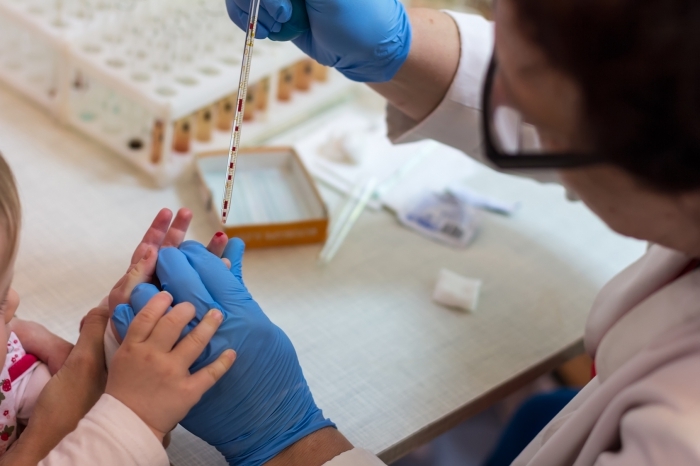 Doctors do not always diagnose this disease in a timely manner, because at the beginning of its development it resembles a typical ARVI.In addition, even emerging stomatitis may be unexpressed, and a rash on the skin often mimics allergic manifestations( which parents and physicians often regard as an allergy to the antipyretics used) or other infectious diseases of .But nevertheless, it is possible to single out diagnostic criteria for this disease.These include:
Doctors do not always diagnose this disease in a timely manner, because at the beginning of its development it resembles a typical ARVI.In addition, even emerging stomatitis may be unexpressed, and a rash on the skin often mimics allergic manifestations( which parents and physicians often regard as an allergy to the antipyretics used) or other infectious diseases of .But nevertheless, it is possible to single out diagnostic criteria for this disease.These include:
- Moderate fever and intoxication.
- Simultaneous appearance of vesicular stomatitis and skin rashes with primary localization on the feet and hands.
- Absence of symptoms characteristic of other infectious ailments( tonsillitis, enlarged and painful lymph nodes, severe cough, etc.).
There are also specific methods for diagnosing this enterovirus infection( they are used rarely and mostly in severe cases):
- Virological research( isolation of viruses from material taken from a patient).
- Serological tests( detection of antibodies to enterovirus in the blood).
General clinical studies( for example, blood tests from the finger) give only presumptive information that a disease of a viral nature develops in the patient's body.
Treatment of hand-foot-mouth syndrome
There is no specific antiviral treatment for this ailment. Patients are prescribed a diet that spares the oral mucosa( the recommended maximum chopped, liquid and warm foods, acute, acidic and salty foods are excluded), a plentiful drink to eliminate intoxication, as well as medicines to reduce inflammatory changes in the oral cavity and lower body temperature.With severe itching, patients are prescribed antihistamines.
Treatment of stomatitis, the main and most unpleasant manifestation of this disease, includes:
-
 Rinses with decoctions of plants( chamomile, sage) or solutions prepared from drugstuffs several times a day.
Rinses with decoctions of plants( chamomile, sage) or solutions prepared from drugstuffs several times a day. - Treatment of inflammatory elements with sea buckthorn oil, an oil solution of chlorophyllipt.
- Spraying of the mouth with special sprays with antiseptic and anti-inflammatory action.
After each meal, it is also advisable to rinse the mouth so that the rest of the food does not irritate the inflamed mucous membrane, do not cause the patient any additional discomfort and do not provoke the attachment of a secondary bacterial or fungal infection.
Of antipyretics, preference should be given to paracetamol and ibuprofen.
Regarding the treatment of rashes on the skin, it passes by itself without the use of any medication.
Prevention
Preventative measures for hand-foot-mouth syndrome should be the same as for other infections transmitted by airborne, contact and food routes.That is, you should avoid contact with coughing, sneezing and having any rashes on the face of people, use only individual dishes, carefully observe hygienic rules.
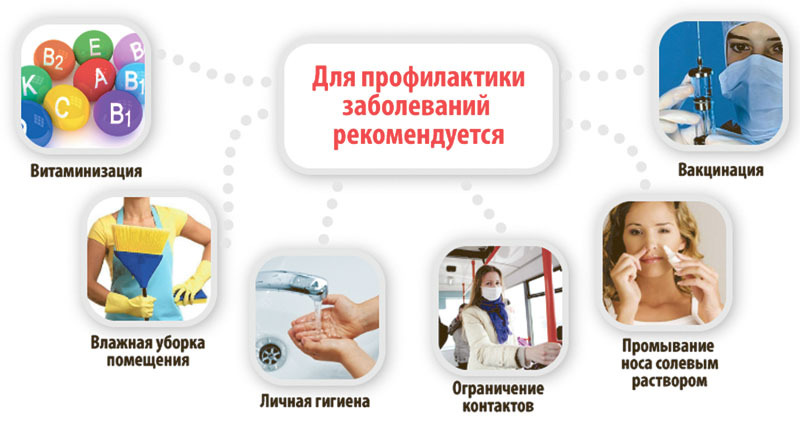
Parents of sick children also need to remember the danger, especially when caring for the baby's skin, treating the rash in the mouth, washing the pot, changing diapers, etc.
Zubkova Olga Sergeevna, medical reviewer, epidemiologist

